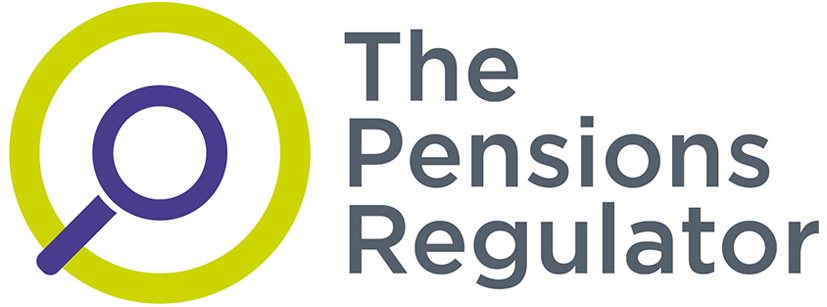More than 325 asset managers, with US $57.5trn in assets, have now committed to achieve net-zero alignment by 2050 or sooner, the Net Zero Asset Managers initiative has revealed.
In its latest Target Disclosures Report, the Net Zero Asset Managers initiative highlighted that decarbonisation targets emerged as the predominant target type (62.5 per cent).
Fifty-three per cent of signatories to the initiative with target disclosures have set alignment targets, and 23 per cent have set engagement targets.
Ninety-eight per cent of signatories have set interim targets for or before 2030, and over a quarter (26 per cent) have a first target of next year, in 2025.
Furthermore, 51 per cent of disclosing signatories use Paris Aligned Investment Initiative’s Net Zero Investment Framework; 22 per cent use Science Based Targets initiative for Financial Institutions; 14 per cent use the Net Zero Asset Owner Alliance Target Setting Protocol, 12 per cent use a combination of the above methodologies, and 10 per cent chose to use their own unique methodology.
In terms of asset classes listed equities and corporate fixed income have the highest inclusion rates.
The initiative aims to reflect a global commitment with the signatories being headquartered in over 35 countries.
Europe led in terms of representation, with over 200 signatories, followed by North America with over 70, and Asia with over 20. Oceania follows with 17 signatories, whilst South America and Africa have seven and one signatory, respectively.
IIGCC CEO, Stephanie Pfeifer, said: “The report provides further evidence of investors taking action to address the financial risks and opportunities associated with arguably the major trend of our time – the decarbonisation of the global economy.
"While there are commitments and examples of progress from hundreds of investors globally, it's notable that Europe has the highest representation with over 200 signatories – this suggests a more conducive policy and regulatory environment, particularly in the UK and across the EU.”
This article originally appeared on our sister title, Insurance Asset Management.
Latest News
-
Skanska Pension Fund completes £525m full buy-in with Standard Life
-
Govt 'committed' to retirement security despite rejecting pension tax lock calls
-
Peel Ports pension scheme secures safe harbour with £230m buy-in
-
Broader DB funding improvements mask deepening divide between charities' schemes
-
Aegon LifePath to expand into private markets from 2026
-
European insurtech firm Lumera acquires Acuity for undisclosed amount
Private markets – a growing presence within UK DC
Laura Blows discusses the role of private market investment within DC schemes with Aviva Director of Investments, Maiyuresh Rajah
The DB pension landscape
Pensions Age speaks to BlackRock managing director and head of its DB relationship management team, Andrew Reid, about the DB pensions landscape
Podcast: From pension pot to flexible income for life

Podcast: Who matters most in pensions?

In the latest Pensions Age podcast, Francesca Fabrizi speaks to Capita Pension Solutions global practice leader & chief revenue officer, Stuart Heatley, about who matters most in pensions and how to best meet their needs
© 2019 Perspective Publishing Privacy & Cookies











Recent Stories